An Interview with Kumari. Vajra
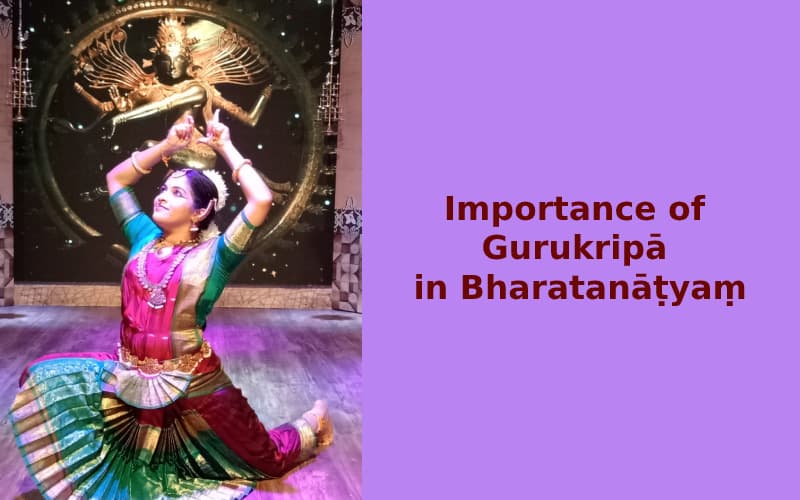
“Initially my mother wanted me to learn Kathak, a famous style in North India and were looking for a Kathak dance teacher in Coimbatore. We came across various dance teachers and one day my mother noticed one of her friend’s daughter practicing for a Bharatanāṭyaṃ program in a dance institute. We attended her program and were deeply impressed by the graceful movements & expressions. Then my mother decided that initially I learn Bharatanāṭyaṃ. Thence I stepped into the beautiful world of art,” expressed Vajra with a gleeful tone.
At an early age of 8, Vajra was put it into dance. She enthusiastically attended all her dance classes even if other interests drew her attention. As a young dancer with 16 years of experience, she has achieved great heights in dance. She has seen several stages and gained experience irrespective of her age. Vajra proudly said, “Till today I have enjoyed every class of mine. I never discontinued even for a month.”
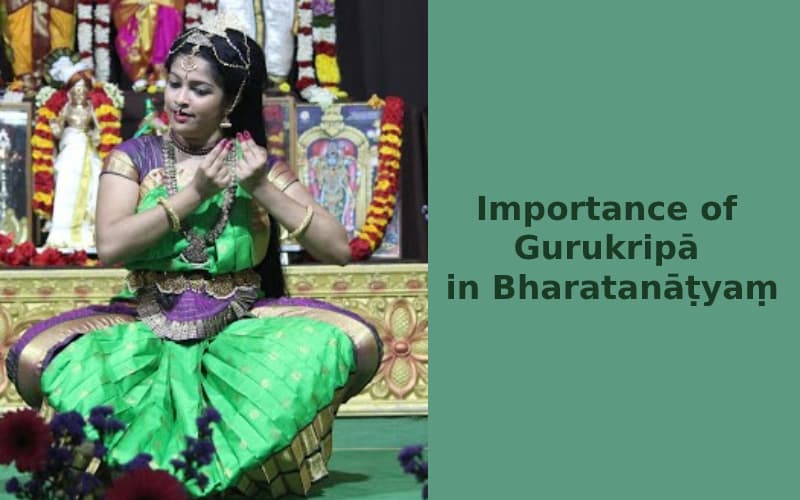
At various times, her parents used to comment at her jovially, “Wherever you go and whatever you do your legs keep dancing and does not stand in a place.” She said that it could be steps that she learnt in the previous class or may be steps born in her imagination. She kept her interest in Bharatanāṭyaṃ alive even when she was traveling in car by simply tapping her feet and making some movements. It clearly showed her inclination and admiration towards the dance.
She followed the ‘Vazhuvur’ style of Bharatanāṭyaṃ which her first Guru, Smt. Poornima Kaushik had initiated. After her initiation, she was trained under Guru, Kalaimamani Smt. Lavanya Shankar and entered the stage for ‘Salangai Poojai’. Just like how small streams originate from mountains and with the blessings of God, flow along gaining momentum to become a massive river, Vajra was blessed by various gurus at several points of time to become a great dancer.
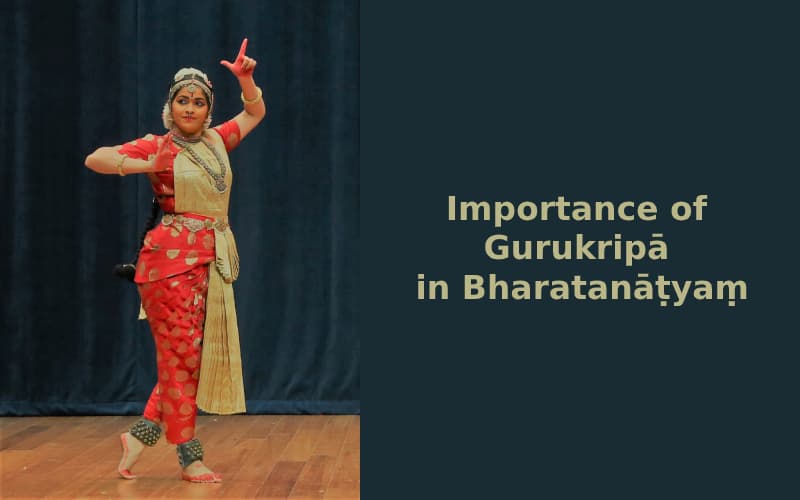
Kumari. Vajra had done her bachelor’s in commerce from P. S. G. College of Arts and Science and bachelor’s in dance from Annamalai University. During the period, she was trained under Guru, Smt. Archana. She then had to move to Chennai for pursuing her master’s in Dance from Madras University. During her life in Chennai, she continued her dance under the Guru, Smt. Maya Shyam Sundar. “Even in my college, professors were my big-time eye-openers,” quoted Vajra cheerfully. At the University, her professors, Kalaimamani Dr. Lakshmi Ramaswamy and Dr. Sreelatha Vinod made her understand the dance better by teaching the nuances and techniques without following any specific Bani or style. They helped her to gain exposure by introducing her to various repertoire. After she completed her master’s graduation, she is being trained under Guru, Thiru. Gorries Shaji Varghise.
Vajra then shared an experience with one of her Gurus, Smt. Archana, which showed the Guru’s expertise and commitment in molding a student to a better dancer. “While doing a final pose in a piece she did a Bhangi and when I asked her what it was, she told it was slightly giving out of the hip or standing posture with hip slightly bent. I learnt that fine movement from her.” Though humans are erroneous in nature, a Guru is the one who molds the students from their errors and sculpts them to perfection.

On questioning about the fundamental things that she learnt and important for other enthusiasts to learn in Bharatanāṭyaṃ, Vajra explained carefully without any thoughts “There are three basic terms we use in Bharatanāṭyaṃ, First is Nritta, then Nritya, and third Nāṭya,
1. Nritta corresponds to pure dance steps performed rhythmically. Here the movements of the body do not convey any mood or meaning, and its purpose is just creating beauty by making various patterns, lines in space and time. According to Abhinaya Darpana,
‘Bhāvabhinayahīnaṃ tu nrittmityābhdhīyate’
that is, that dance which does not relate to any psychological state (Bhāva) is called Nritta. Abhinaya Darpana defines Nritta as bodily movements without evoking Rasa Bhava.
2. Nritya is the dance form adorned with sentiment (rasa) and psychological state (bhāva). It is deemed to fit for presentation in royal courts and an interpretive dance, using facial expressions, hand gestures, and body movements to portray emotions and express themes. According to Abhinaya Darpana,
‘Rasabhāvavyanjanādiyuktaṃ nruttamitiryate,
etannnrutyaṃ mahārājsabhāyāṃ kalpayet sadā’
3. Nāṭya corresponds to drama. Nāṭya means dramatic representation or drama with speech, music, and dancing. According to Abhinaya Darpana,
‘Naatyaṃ tannātakaṃ chava pujyaṃ purvakathāyutaṃ’
that is Nāṭya or Nātakā which has some traditional story for its theme & is adorable (art).
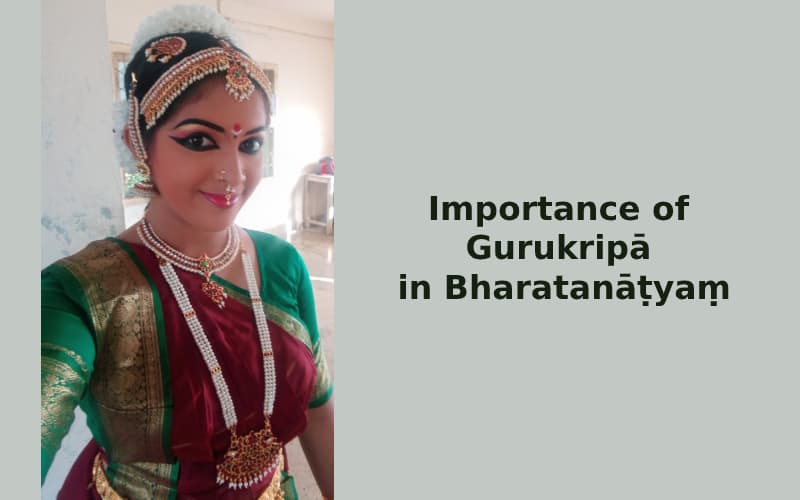
“With the grace of God and blessings of all my Gurus, I was able to make my lifetime experience in Bharatanāṭyaṃ at Priya Kunj, Coimbatore. I was invited to give a 2-hours dance performance at Meenakshi Kalyanam festival. I felt happy to accept the invitation. Then I called up one of my friends, we together decided to take Meenakshi Thirukalyanam story outline containing introduction songs to Shiva, Meenakshi, and a duet of Shiva-Meenakshi as Ardhanārishwarā for the performance.”
Vajra concluded by saying, “The Guru-siśya parampara is one of the ancient and beautiful things in our culture. There must be a connection between a Guru and a siśya, where the Guru wants to give the knowledge to the siśya and the siśya waiting with thirst to receive it. Whenever a Guru says ‘do this in this way, kanna’ I have always taken it positively. I feel that it is particularly important to go by Guru’s words because they have walked through the journey and had grown from siśya to Guru level.”
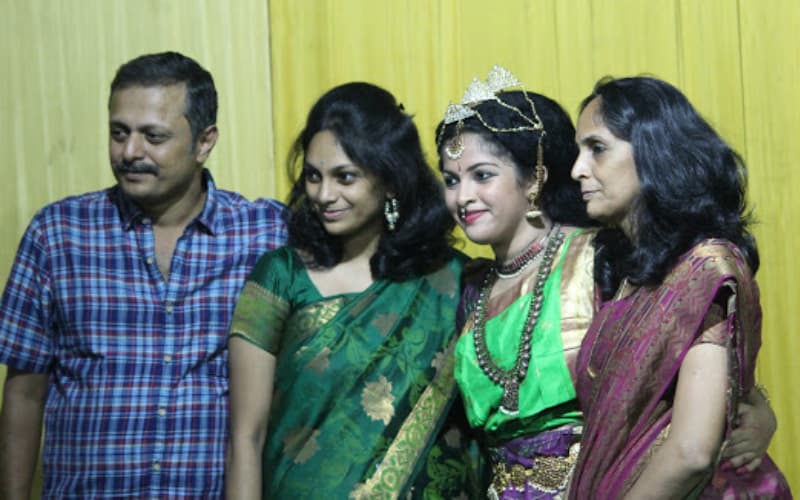
“My sister, Smt. Pooja Balaji, is one of my motivators who keeps telling me to perform on different characters. My father, Mr. Balaji, is ever my source of inspiration.” She said with devotion in her eyes, “I am what I am now because of all my Gurus. I am always grateful and thankful to my Gurus.”
Kumari. Vajra currently pursues her doctorate in dance from Vels University, Chennai. She also runs a dance institute called ‘Trinetra Pūrva’ at Coimbatore and is involved in online classes with individual attention.
She can be contacted @ [email protected] (or) 98946-16990 for any information regarding classes.
NEXT ARTICLE